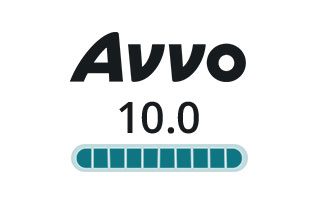Every day, many people undergo surgery for a variety of ailments in Pennsylvania. Some surgeries, such as those to remove wisdom teeth, may be relatively minor. Others like open-heart surgery can be much more intense. Yet these surgeries often have one thing in common: Patients undergo general anesthesia.
Earlier this month, we wrote about increased death rates from general anesthesia. Today, we are discussing another serious concern for many who undergo surgeries requiring anesthesia: unintended intraoperative awareness.
Unintended intraoperative awareness is the clinical term for a patient being awake during surgery. Anesthesiologists are trained to control patients’ pain and keep them asleep while operations are conducted. Unfortunately, each year many patients report that they have clear memories of their surgeries.
Patients who experience unintended intraoperative awareness report serious challenges associated with the condition. In fact, this same research showed that 70 percent of the people who are unintentionally awake during surgeries in the U.S. experience post-traumatic stress syndrome as a result.
It’s easy to understand why this could happen. One 72-year-old heart surgery patient reported hearing knives and feeling the “saw cutting into” him. Another patient said that she felt “panic” during her entire surgery. Still others have reported feeling like they are “drowning” while they are awake during surgery.
This explains why medical professionals are always looking for more reliable ways to prevent patients from being awake while under general anesthesia. Many hospitals have begun using what is known as “electroencephalogram-assisted monitoring” to enable anesthesiologists to track patients’ brain activity during surgery. The assumption is that this type of monitoring would alert doctors when patients began to wake up.
According to a recent study published in the New England Journal of Medicine, however, this type of brain activity monitoring is no more effective than the much less expensive technique that was previously used. Researchers studied more than 6,000 patients who were identified as being at high-risk of waking up during surgery. Of those, nine had “definite awareness” and 18 had “possible awareness” under general anesthesia.
Most of the patients with definite or possible awareness were monitored using the high-tech brain activity monitoring. Only about 30 percent of these patients were tracked with the previously standard method of monitoring the levels of anesthesia exhaled in the patients’ breath.
Regardless of the method of monitoring, it is clear that patients who undergo general anesthesia need to be confident that they will not experience the terror associated with being awake on the operating table. Hopefully, this research will take the medical field one step closer to identifying a better way to prevent unintended intraoperative awareness.
Source: Los Angeles Times, “Patients remember experiencing their own surgeries,” Eryn Brown, Aug. 17, 2011





Leave a Reply